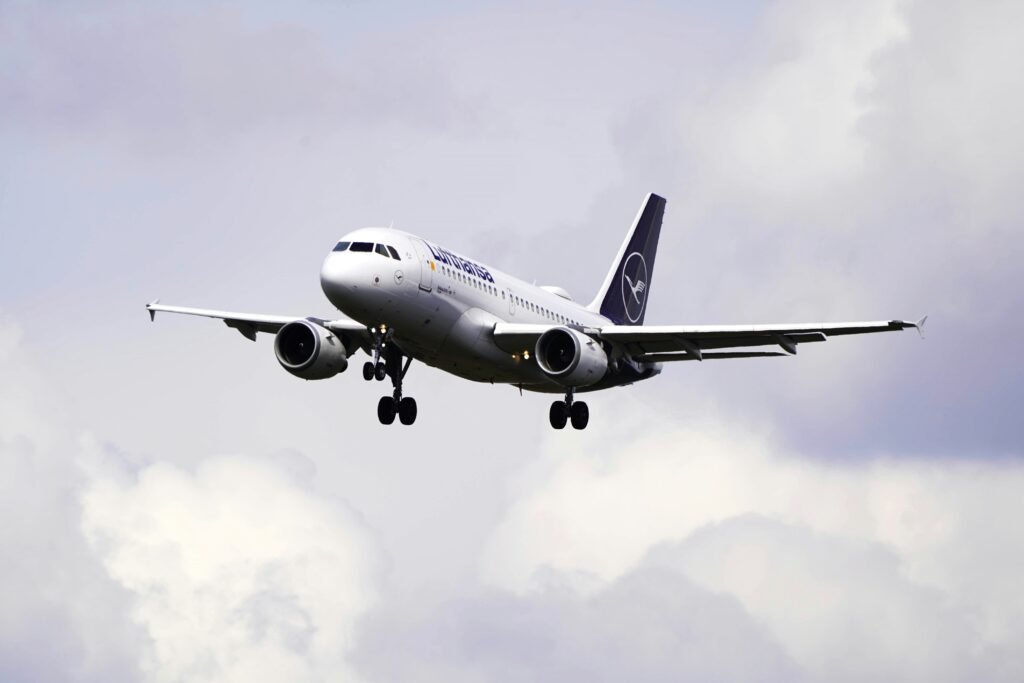
Introduction to the Airbus A320neo
The Airbus A320neo, standing for “new engine option,” represents a significant evolution in the A320 family, which has been a cornerstone of commercial aviation since its inception. Introduced as a response to the contemporary demands of airlines, the A320neo integrates advanced technology not only to enhance fuel efficiency but also to provide improved passenger comfort and operational flexibility. Its significance cannot be overstated, as it aims to meet the needs of modern airlines seeking to balance cost-effectiveness with environmental sustainability.
The A320neo was launched in late 2010, serving as an updated version of its predecessor, the A320. Equipped with the latest engines, the A320neo features the Pratt & Whitney PW1100G Geared Turbofan® and the CFM International LEAP-1A engines, making it significantly more fuel-efficient than earlier models. This increase in efficiency can yield up to 15% lower fuel consumption compared to previous A320 variants, positioning the A320neo as a preferred choice for airlines focused on reducing operational costs. Additionally, the aircraft boasts advanced aerodynamics and wingtip devices known as “Sharklets,” which contribute further to its fuel-saving capabilities.
<pfurthermore, a=”” a320neo=”” accessible=”” accommodates=”” aircraft=”” also=”” among=”” an=”” and=”” bins=”” both=”” cabin=”” carriers.<pin a320neo=”” addressing=”” air=”” airbus=”” aviation=”” commercial=”” demands=”” embodies=”” engineering=”” environmental=”” essence,=”” evolution=”” impact,=”” intent=”” market=”” merging=”” myriad=”” of=”” p=”” reduce=”” techniques=”” the=”” thereby=”” to=”” today.
Dimensions of the A320neo
The Airbus A320neo, known for its advanced technology and improved fuel efficiency, showcases impressive physical dimensions that prioritize passenger comfort and operational effectiveness. The aircraft’s overall length stands at approximately 37.57 meters (123.3 feet), making it a compact yet spacious choice for airlines targeting short to medium-haul routes. The wingspan of the A320neo extends to 35.8 meters (117.5 feet) when equipped with the Sharklet wingtips, significantly enhancing its aerodynamic performance. This wingspan allows for improved lift and fuel efficiency, setting it apart from many competitors.
In terms of height, the A320neo reaches about 11.75 meters (38.7 feet), providing ample headroom within the cabin. The aircraft’s dimensions facilitate a seating capacity that typically accommodates 140 to 240 passengers, depending on the interior configuration chosen. This flexible layout makes the A320neo a versatile option for airlines looking to optimize their fleet for varying passenger demands.
When compared to other aircraft in its category, such as the Boeing 737 MAX and the Embraer E195-E2, the A320neo holds a competitive edge in dimensions. The Boeing 737 MAX 8, for instance, measures approximately 39.5 meters (129.5 feet) in length, while the Embraer E195-E2 is shorter at 39 meters (128.3 feet), showcasing the A320neo’s relative compactness without sacrificing passenger capacity. These comparisons highlight the A320neo’s efficiency, as its dimensions allow airlines to maximize both cargo and passenger revenue while maintaining operational versatility.
Seating Capacity and Cabin Configuration
The Airbus A320neo is renowned for its versatility, particularly in its seating capacity and cabin configurations. Capable of accommodating a range of passenger numbers, the A320neo typically seats between 140 to 240 passengers, depending on the airline and the specific configuration chosen. This adaptability allows airlines to optimize the aircraft for various routes, enhancing both passenger experience and operational efficiency.
Different airlines employ distinct cabin arrangements to serve their unique market needs. For example, some low-cost carriers maximize their seating capacity with a high-density configuration, often opting for a single-class layout that can accommodate upwards of 240 passengers. This configuration typically features narrower seats and less legroom, designed primarily for short-haul flights, where maximizing the revenue per flight is key.
In contrast, many full-service carriers prefer a more spacious arrangement that includes both economy and premium seating classes. A common configuration among these airlines might include around 180 seats, divided into two classes—economy and business. This setup not only enhances passenger comfort but also provides varied travel options that cater to diverse customer preferences. The business class seats often feature enhanced amenities, providing travelers with a more comfortable and relaxing environment.
The A320neo’s cabin design also incorporates modern technologies aimed at improving the passenger experience. Features such as larger overhead bins and improved lighting contribute to a more pleasant flying experience. Additionally, the use of quieter engines enhances comfort levels, particularly during long flights. By offering flexibility in seating arrangements and prioritizing passenger comfort, the Airbus A320neo positions itself as a favored choice for airlines worldwide, promoting both efficiency and satisfaction in air travel.
Fuel Efficiency and Environmental Impact
The Airbus A320neo embodies a significant advancement in aviation technology, particularly concerning fuel efficiency and environmental sustainability. Central to its design are the new-generation engines that incorporate innovative technologies aimed at reducing fuel consumption and carbon emissions. The A320neo is equipped with Pratt & Whitney’s Geared Turbofan engines or CFM International’s LEAP engines, both of which provide a substantial reduction in fuel burn compared to earlier models. Specifically, these engines can save up to 15% in fuel costs, making the aircraft not only environmentally friendly but also economically viable for airlines.
In addition to advanced engine technology, the A320neo features wingtip devices known as sharklets. These appendages enhance aerodynamic performance by reducing drag, leading to improved fuel efficiency. By optimizing airflow, sharklets increase the overall lift-to-drag ratio of the wing structure, which plays a crucial role in lowering fuel consumption during flight. Studies have shown that the inclusion of these devices contributes to a further 4% reduction in fuel burn, showcasing the multifaceted approach Airbus has taken to achieve superior efficiency.
The implications of these advancements extend beyond operational benefits for airlines. With a notable decrease in fuel burn, the A320neo significantly diminishes the carbon footprint associated with air travel. This commitment to sustainability reflects a broader trend within the aerospace industry to develop aircraft that are not only efficient but also environmentally responsible. Additionally, the aircraft meets stringent international regulations regarding noise and emissions, ensuring that it contributes positively to global efforts in reducing aviation’s environmental impact.
Range and Performance Capabilities
The Airbus A320neo, a member of the A320 family, is known for its impressive operational range and performance capabilities that cater to various flight conditions. With a maximum range of approximately 3,400 nautical miles (6,300 kilometers), the A320neo can efficiently cover significant distances, making it an advantageous option for both short-haul and medium-haul routes. This extended range is particularly beneficial for airlines looking to optimize their operations by connecting thinner markets that were previously unfeasible with conventional aircraft.
The aircraft’s performance in diverse conditions is enhanced by its modern design features. For instance, its advanced engines—specifically the Pratt & Whitney PW1100G-JM or the CFM International LEAP-1A—provide not only superior fuel efficiency but also considerable thrust, allowing for shorter takeoff and landing distances. These engines facilitate operational flexibility, enabling the A320neo to perform well on short runways while maintaining the capability for longer flights.
Furthermore, the A320neo incorporates aerodynamic improvements, such as sharklet wingtips, which contribute to reduced drag and increased lift. This design aids in fuel consumption optimization during flight, especially when flying at cruising altitudes. The aircraft is also equipped with various advanced avionics that enhance flight safety and operational efficiency, further solidifying its status as a reliable long-haul performer. Its ability to adapt to varying altitude and weather conditions while delivering consistent performance ensures that airlines can maximize profitability without compromising on passenger comfort or safety.
In conclusion, the range and performance capabilities of the Airbus A320neo position it as a pioneering aircraft in its category, striking a balance between efficiency and capability in the increasingly competitive aviation market.
Comparative Analysis with Other Aircraft
The Airbus A320neo is a prominent member of the single-aisle aircraft category, often compared to its primary competitor, the Boeing 737 MAX. Both aircraft are widely used by airlines around the world for short to medium-haul routes, yet they feature different design philosophies and operational efficiencies that merit discussion.
In terms of size, the A320neo has a length of approximately 37.57 meters and a wingspan of 35.8 meters when equipped with the sharklet wingtip devices. The Boeing 737 MAX, specifically the MAX 8 variant, measures around 39.5 meters in length but has a narrower wingspan of 35.9 meters. Although the 737 MAX is slightly longer, the A320neo’s dimensions contribute to a more spacious cabin layout, which can accommodate more passenger volume and potentially increase airline revenue through higher seating capacities.
Efficiency is another critical factor where both aircraft vie for dominance. The A320neo is known for its advanced turbo-fan engines, specifically the Pratt & Whitney PW1100G and the CFM International LEAP-1A, which reduce fuel consumption by up to 15% compared to earlier models. The Boeing 737 MAX utilizes the LEAP-1B engine which also promises enhanced fuel efficiency, achieving a similar reduction. However, the A320neo’s overall aerodynamic improvements give it a slight edge in fuel economy, making it appealing to airlines focused on operational cost savings.
Regarding range, the A320neo boasts a maximum range of approximately 6,300 kilometers, while the Boeing 737 MAX 8 offers a maximum range of about 6,570 kilometers. The extended range of the 737 MAX allows airlines to operate longer routes without requiring a stopover. However, the A320neo’s range is often sufficient for most regional markets, and its cabin configuration allows for greater flexibility in passenger and cargo arrangements.
Ultimately, the choice between these two aircraft often comes down to specific airline needs, including route structure, operational efficiency, and passenger experience preferences.
Technological Innovations in the A320neo
The Airbus A320neo (new engine option) represents a significant leap in aviation technology, incorporating various innovations that enhance its overall performance. Central to its advancement is the incorporation of advanced avionics, which improve navigation and communication. These systems enable more precise flight operations and enhanced situational awareness for pilots, ultimately contributing to increased safety and efficiency. The A320neo features state-of-the-art cockpit displays and flight management systems that streamline various procedures, ensuring that pilots have access to critical information at their fingertips.
Another crucial innovation lies in the engine technology employed in the A320neo. The aircraft is equipped with either the Pratt & Whitney PW1100G Geared Turbofan or the CFM International LEAP-1A engines. Both options deliver remarkable improvements in fuel efficiency, significantly reducing fuel consumption by up to 15% compared to the previous A320 models. Additionally, these engines emit lower levels of noise and pollutants, aligning with contemporary environmental standards and contributing to the aircraft’s overall sustainability profile. The advanced materials and manufacturing processes involved in the production of these engines further enhance their performance and reliability.
Aerodynamic features also play a vital role in the A320neo’s efficiency enhancements. It boasts newly designed wingtip devices known as Sharklets, which improve aerodynamics and reduce drag. These winglets increase the aspect ratio of the wings and allow the aircraft to generate lift more efficiently, thereby optimizing its fuel consumption during cruise flight. As a result, airlines can operate longer routes with fewer refueling stops, thus maximizing operational flexibility and reducing overall costs.
Overall, the integration of advanced avionics, innovative engine technologies, and enhanced aerodynamic features marks the A320neo as a frontrunner in the evolution of modern aviation, promoting greater efficiency while addressing the demands of both operators and environmental concerns.
Airline Usage and Popularity
The Airbus A320neo has witnessed a significant uptake by airlines across the globe, emerging as a favored choice in both low-cost and traditional carriers. Since its introduction, the aircraft has garnered attention for its remarkable operational efficiency and superior fuel economy, which are crucial factors in today’s competitive airline industry. With its ability to cater to varying routes, the A320neo is well-suited for short-haul and medium-haul flights, making it a versatile addition to any airline’s fleet.
Major airlines such as American Airlines, IndiGo, and Lufthansa have incorporated the A320neo into their operations, emphasizing its capability to reduce operational costs while maintaining passenger comfort. The aircraft features upgraded engines that significantly lower fuel consumption and emissions, aligning well with global trends toward sustainability. This has not only benefited airlines financially but has also enhanced their reputations among eco-conscious travelers.
Customer feedback regarding the A320neo has been predominantly positive, highlighting its quieter cabin environment and modern amenities. Passengers have reported an overall improved flying experience, which is essential for airlines aiming to enhance customer satisfaction. Performance metrics indicate that the A320neo consistently delivers on time, further solidifying its reputation as a reliable aircraft.
As airlines continue to prioritize efficiency and passenger comfort, the popularity of the A320neo is likely to rise. The balance between operational performance and customer satisfaction makes it an ideal choice for carriers aiming to modernize their fleets. With many airlines reporting higher load factors and increased profitability since incorporating the A320neo, its role in shaping the future of air travel is undeniable.
Conclusion: The Future of the A320neo
As we reflect on the key characteristics and advancements of the Airbus A320neo, it becomes increasingly clear that this aircraft plays a significant role in shaping the future of aviation. With its impressive size, enhanced fuel efficiency, and remarkable range, the A320neo has set new standards for modern air travel. Airlines around the globe have recognized its numerous benefits, making it a preferred choice for both short and medium-haul flights.
The A320neo’s efficiency is underscored by its state-of-the-art engines and aerodynamic improvements. These features are not merely enhancements but are pivotal in reducing carbon emissions and operating costs for airlines. As the aviation industry strives towards a more sustainable future, the A320neo is well-positioned to lead these efforts. The focus on environmental responsibility is becoming progressively important, and the A320neo exemplifies this commitment to minimizing the ecological footprint of air travel.
Furthermore, with continuous advancements being proposed, such as updated avionics and further engine technology enhancements, the future of the A320neo looks promising. Potential upgrades may extend its operational capabilities even further, ensuring it remains competitive in an ever-evolving market. As airlines invest in expanding their fleets, the A320neo is likely to remain a cornerstone in their operations, bolstering its presence within the aviation landscape.
In conclusion, the Airbus A320neo stands as a testament to innovation and efficiency. Its design not only meets the demands of today’s travelers but also aligns with the vision of a more sustainable future in air travel. The ongoing developments around this aircraft ensure that it will continue to be a significant player in the aviation industry for years to come, adapting to the changing needs of passengers and operators alike.

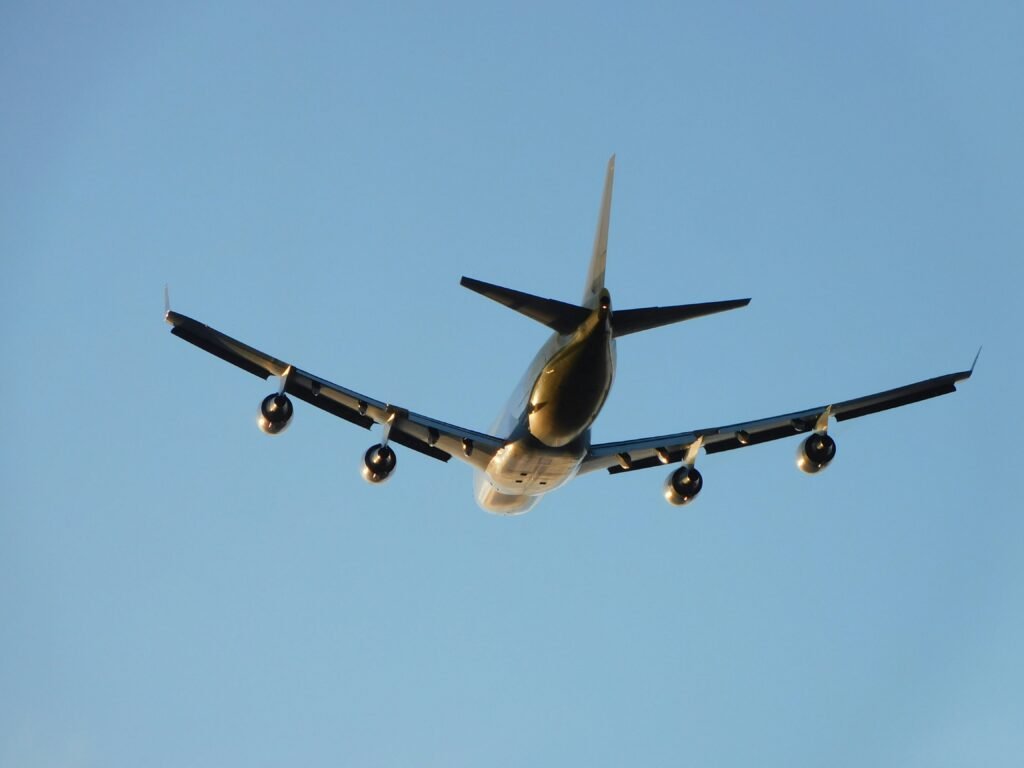
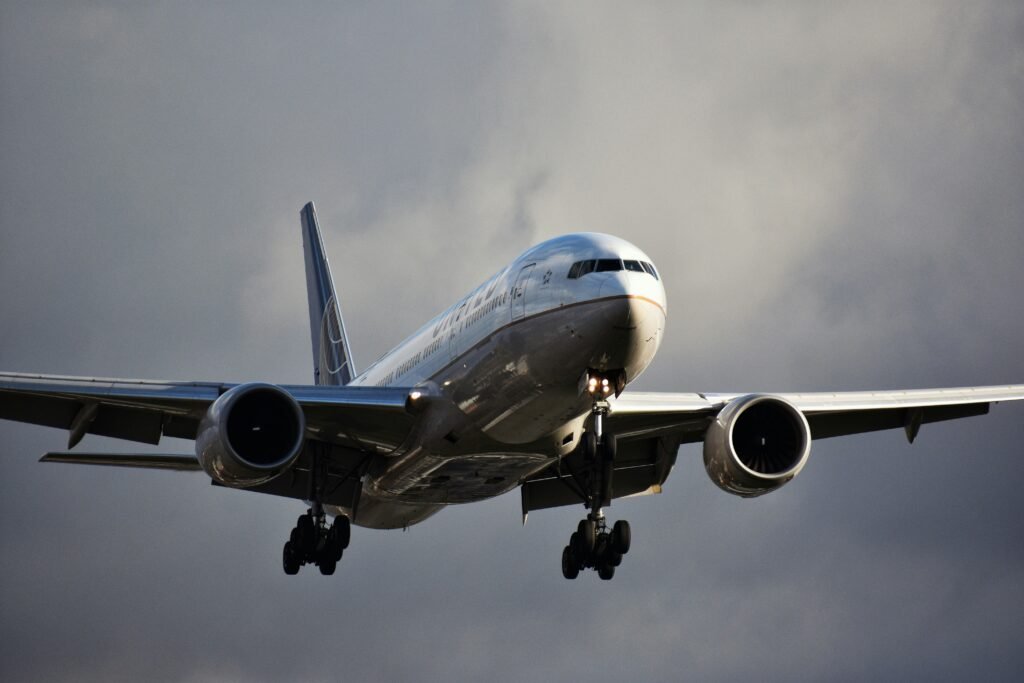
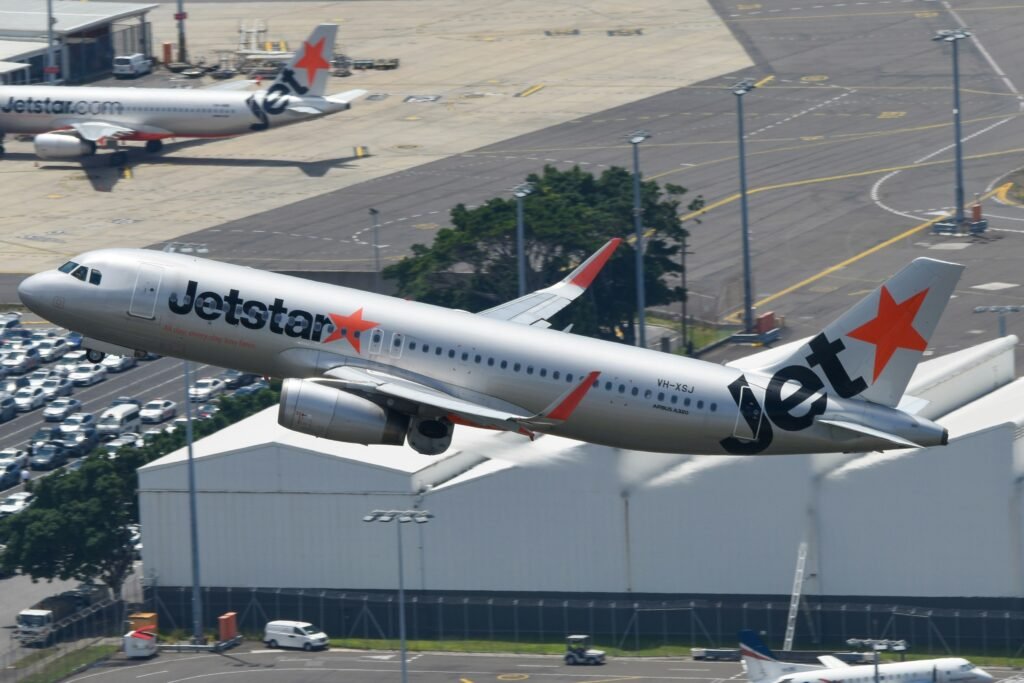



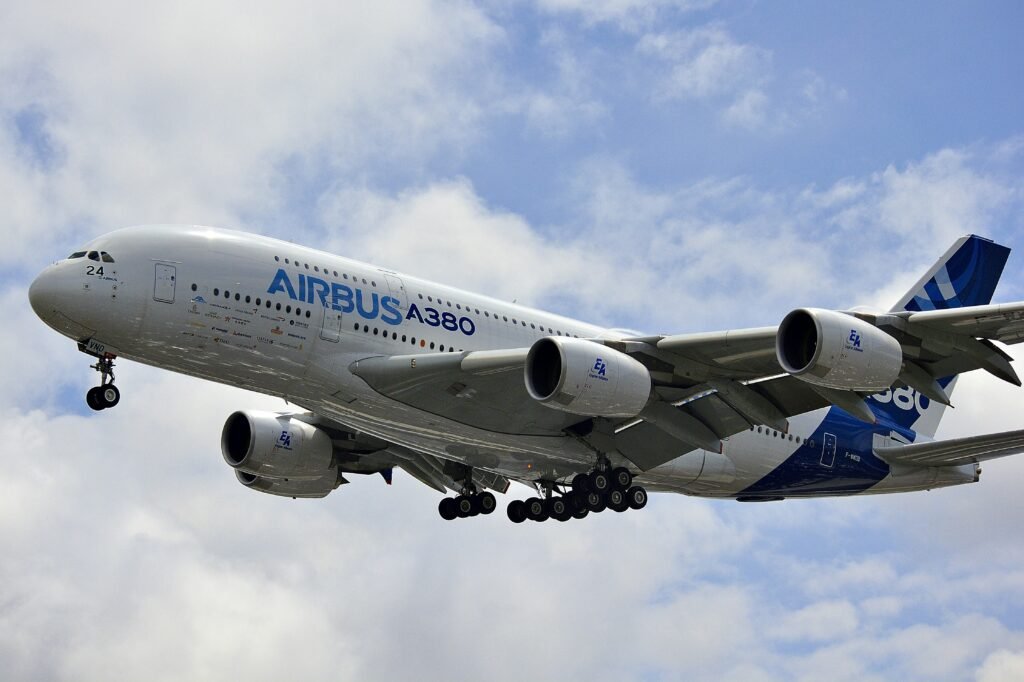
2 thoughts on “Exploring the Airbus A320neo, how big and how efficiency.”